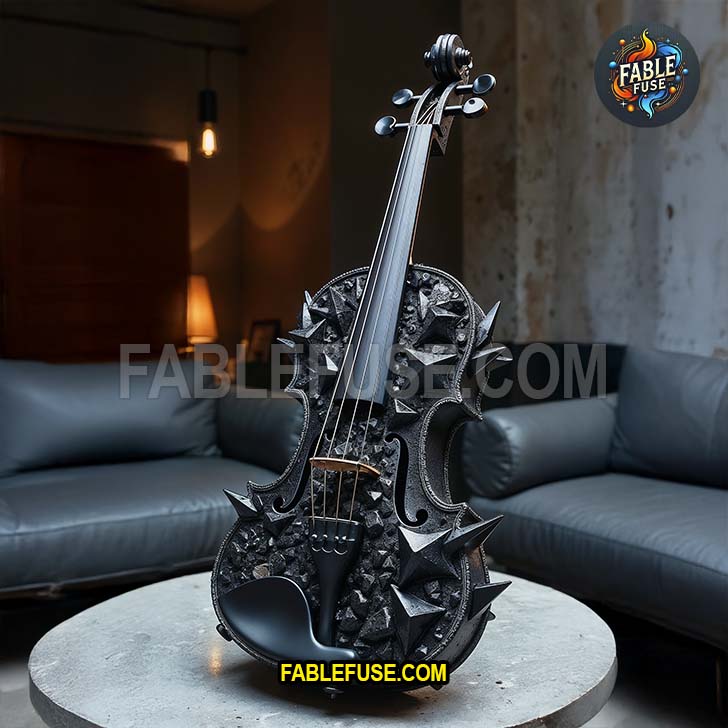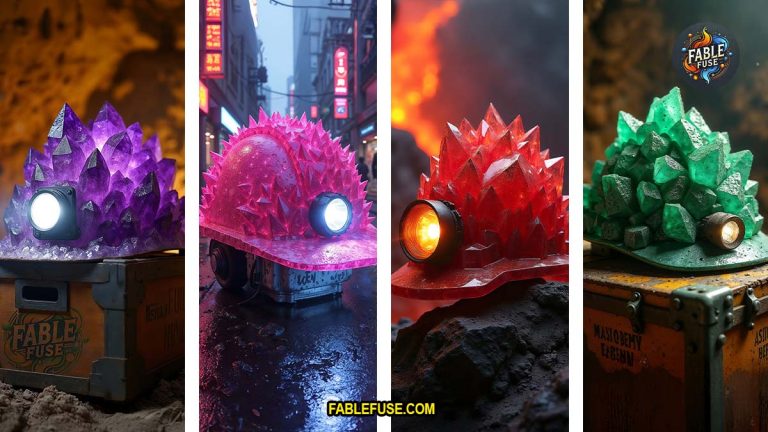The Magic of Crystal Violins: Where Sound Meets Stone
Violins are known for their warm, singing voices. But imagine a violin that not only sounds beautiful, but also glows with the natural power of the Earth. These are crystal violins. Crafted from real minerals and gemstones, these rare instruments bring music, energy, and art together in a way that feels almost magical.
What Are Crystal Violins?
Crystal violins are violins carved from solid crystals or minerals instead of traditional wood. They are often made by hand, with care and patience, using tools that shape and polish the stone into an instrument that can hold strings and produce sound. Each crystal type has its own color, weight, and vibration. That means each violin not only looks different but also carries a unique energy and tone.
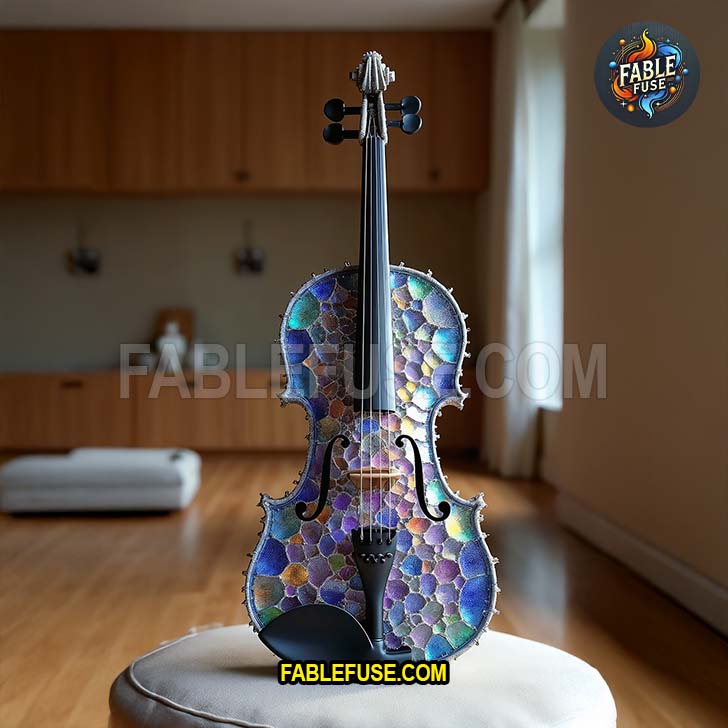
How Crystal Is Mined and Worked
Before a violin can be made, the crystal must be carefully mined. Some crystals form deep underground, while others are found in rocky mountain areas or old volcanoes. Mining requires safety gear and skill. It can take days or weeks just to find the right chunk of crystal that is big, clear, and free of cracks.
Once mined, the crystal is cut into slabs using diamond-tipped saws. From there, it is carved into shape using grinding tools, then sanded and polished until it shines. Making a crystal violin takes longer than making a wooden one. The work is slower, more delicate, and more expensive. But the result is breathtaking.
The Healing Resonance of Crystals
People have believed in the healing powers of crystals for thousands of years. Each crystal is said to give off a vibration or frequency. When used in a violin, that vibration blends with the music, creating a sound that some people say can heal, calm, or energize the listener.
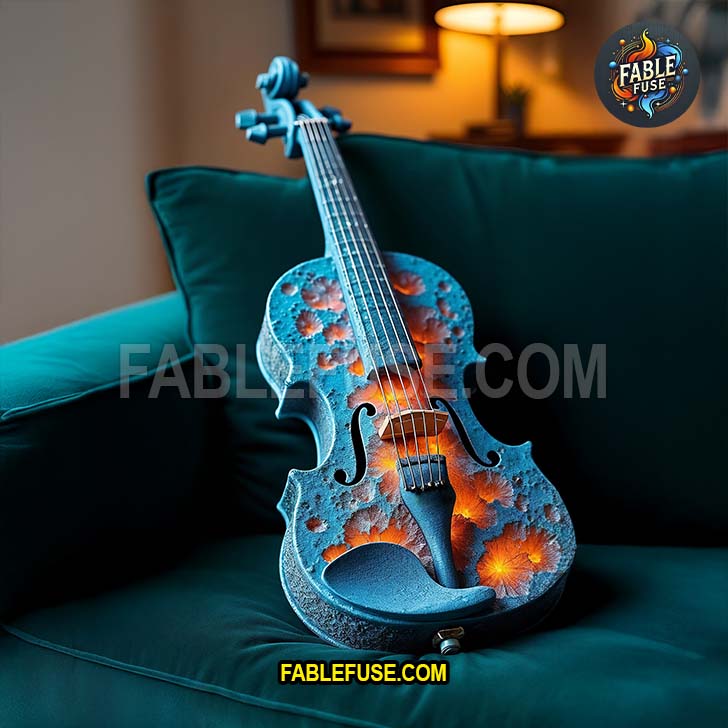
Here are some popular crystals used for violins and the feelings or energies they are known for:
- Amethyst – Known for peace, clarity, and protection. Its deep purple color is rich and royal.
- Citrine – A golden yellow stone said to bring joy, energy, and confidence.
- Obsidian – A black volcanic glass that protects and grounds. Very striking in appearance.
- Bismuth – Metallic and rainbow-colored. Bismuth is linked to creativity and transformation.
- Chrysocolla – Blue-green and calming, said to help communication and balance.
- Blue Apatite – A vibrant stone that supports learning, focus, and speaking your truth.
- Banded Agate – A layered stone with natural stripes, connected to stability and inner strength.
- Clear Quartz – Pure, bright, and powerful. Quartz is used to amplify energy and intentions.
- Emerald – A rich green stone that represents love, growth, and harmony.
- Rose Quartz – Soft pink and gentle, rose quartz encourages self-love and emotional healing.
- Pyrite – Shiny and golden, often called “fool’s gold.” It brings protection and sharp thinking.
What Makes Each Violin Unique?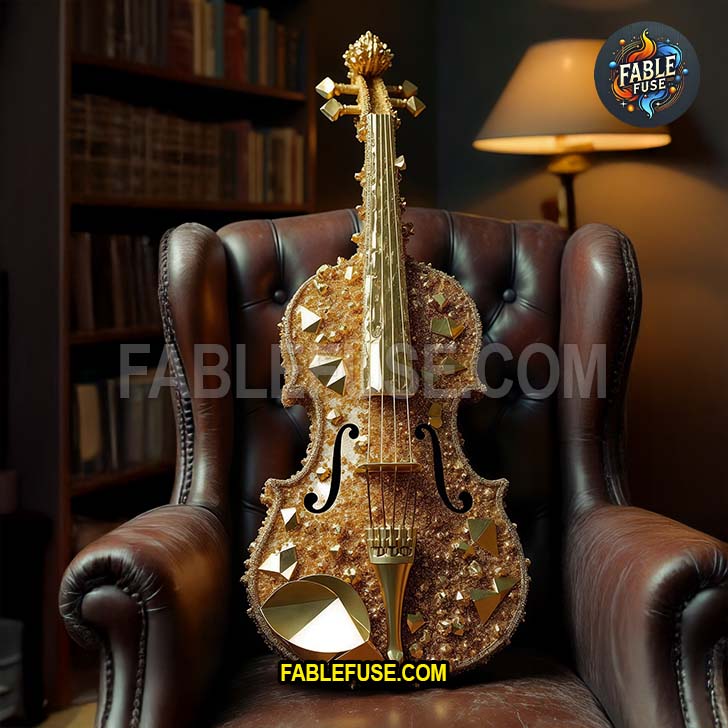
Every crystal violin has its own voice. The density of the stone affects how sound moves through it. A rose quartz violin might sound soft and dreamy. A citrine violin might have a bright, happy tone. Obsidian may carry a darker, fuller sound. The way light shines through the body also changes the mood. Some even have natural rainbows inside when light hits just right.
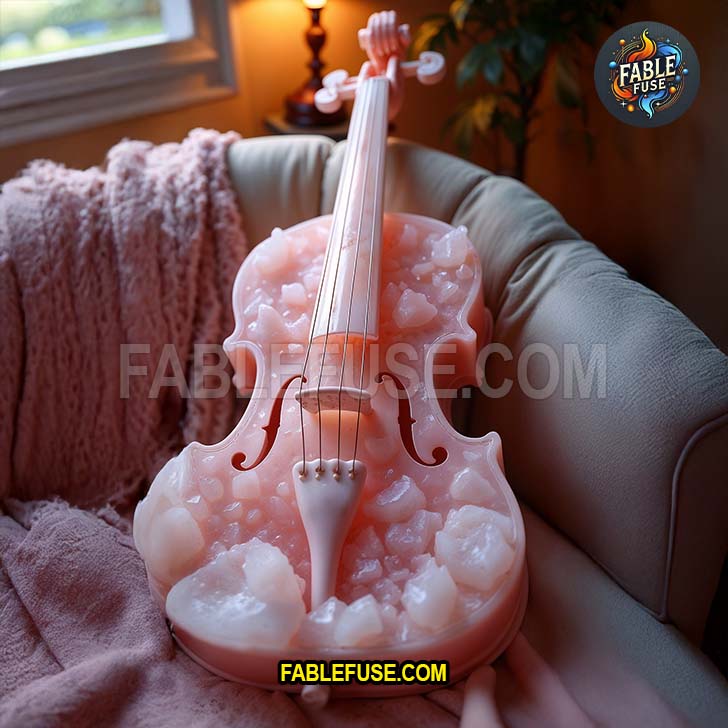
No two crystal violins are ever the same. That makes each one a one-of-a-kind treasure.
The Price of a Crystal Violin
Crystal violins are rare and expensive. The materials alone can cost hundreds or thousands of dollars. Add the cost of tools, time, and craftsmanship, and the final price can be anywhere from $5,000 to $50,000 or more. The value also depends on how pure the crystal is and how well it is carved.
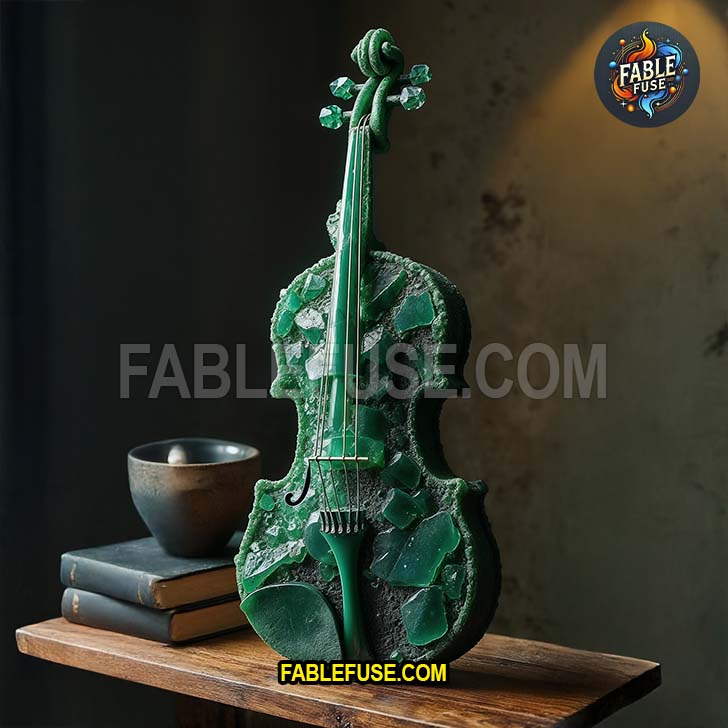
What Happens When Crystals Are Combined?
Some crystal violins are made from more than one mineral. When artisans blend stones like rose quartz and amethyst, or banded agate and citrine, the result is not just beautiful but also energetically complex. The different minerals may create layered tones and richer overtones when played. Some players say they can feel the energy shift as the vibrations move between sections of the instrument. Visually, these blended violins shimmer with patterns and colors that change in the light. They are harder to make and even rarer to find, but they carry the energy of harmony and balance. Mixing crystals can enhance both the musical tone and the emotional experience.
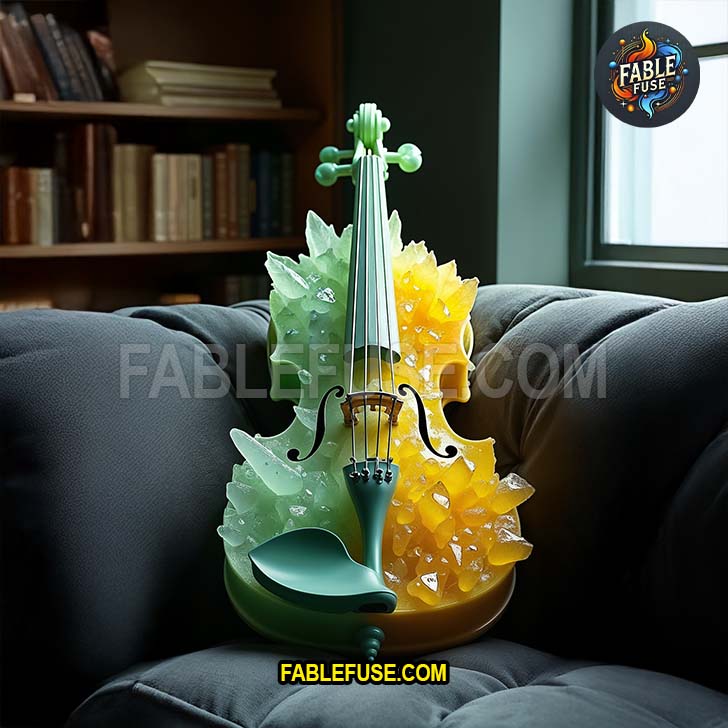
Some musicians collect them not only for the music but for the beauty and energy they bring to a room. They are often displayed in glass cases like fine art.
How to Care for a Crystal Violin
Crystal is harder than wood, but it is also more brittle. That means it can chip or crack if dropped. These violins must be stored carefully. Soft padding, temperature control, and clean, dry air are all important. Use a soft cloth to wipe them clean, and never use harsh chemicals.
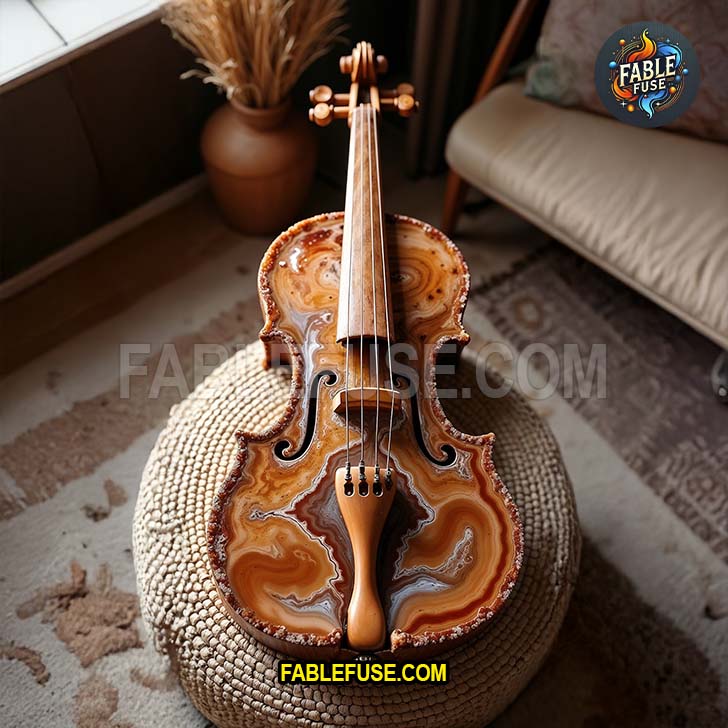
They also need gentle tuning. The tension from the strings can put stress on the crystal. It is best to have an expert handle tuning and repairs. Playing one may take a softer touch too, since the surface doesn’t respond the same way as wood.
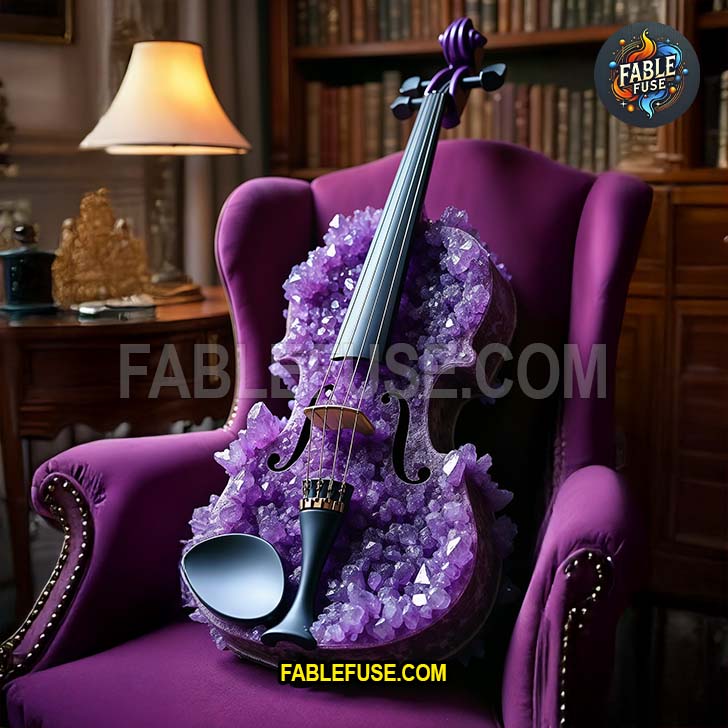
Who Plays Crystal Violins?
These violins are not just for concerts. Sound healers, energy workers, and meditation teachers often use them. Some are used in wellness centers or yoga classes. Others are used for private listening sessions or sound baths. Their rare sound and beautiful energy create a peaceful mood that helps people relax and connect.
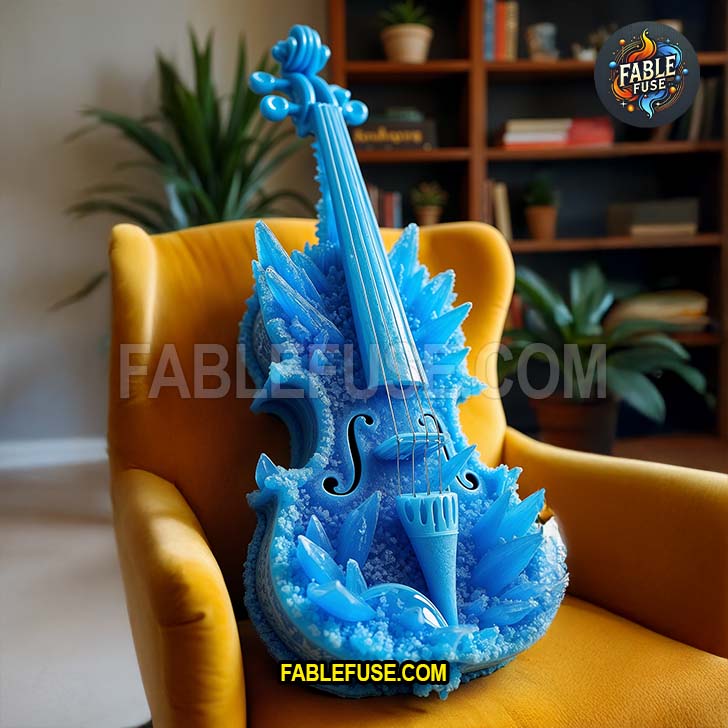
Professional musicians sometimes use them for recordings, especially in music meant to soothe, inspire, or energize. Because they are rare and hard to travel with, they are not often used in large stage shows or orchestras.
Other Crystals to Watch
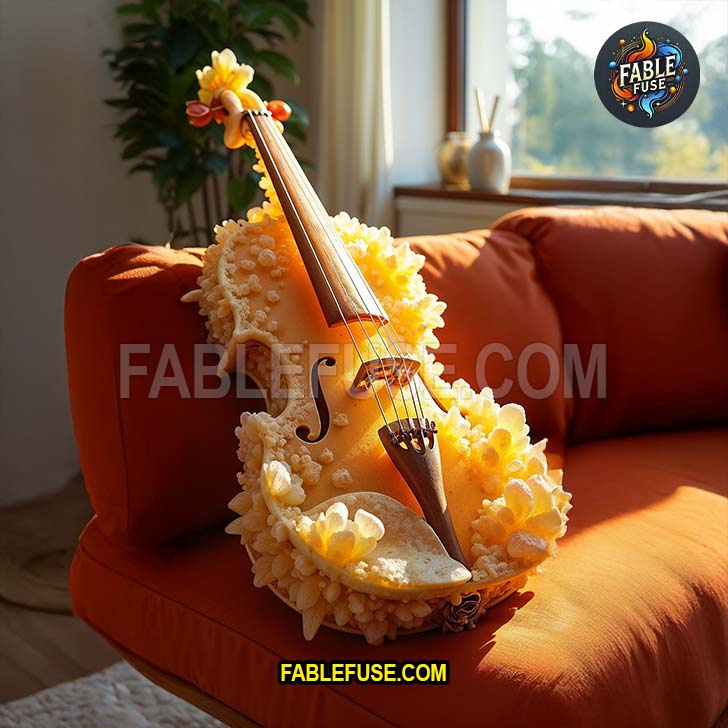
As more artists and crystal lovers come together, new types of mineral violins may appear. Some possible future options include:
- Labradorite – A stone that shimmers with blue and green flashes. Known for magic and protection.
- Selenite – Soft and white, glowing with purity and peace. Might be tricky to carve but beautiful to behold.
- Fluorite – Comes in purple, green, and clear bands. Loved for focus and cleansing energy.
The world of crystal violins is still growing. With time, more shapes, sounds, and colors will come to life.
Imagine Playing One
Picture yourself standing beneath soft stage lights, a hush falling over the room. In your hands is a violin unlike any other. Its body glows with inner light, crystal facets catching reflections from the audience. You draw the bow across the strings, and the sound that follows is unlike anything wood has ever given. It sings with clarity, with depth, with something ancient. The audience leans forward, not just listening but feeling the vibration in their chests. You’re not just playing notes — you’re channeling Earth’s voice. Every phrase becomes a conversation between stone, soul, and silence. And when the final note fades, there’s a pause — not of confusion, but reverence.
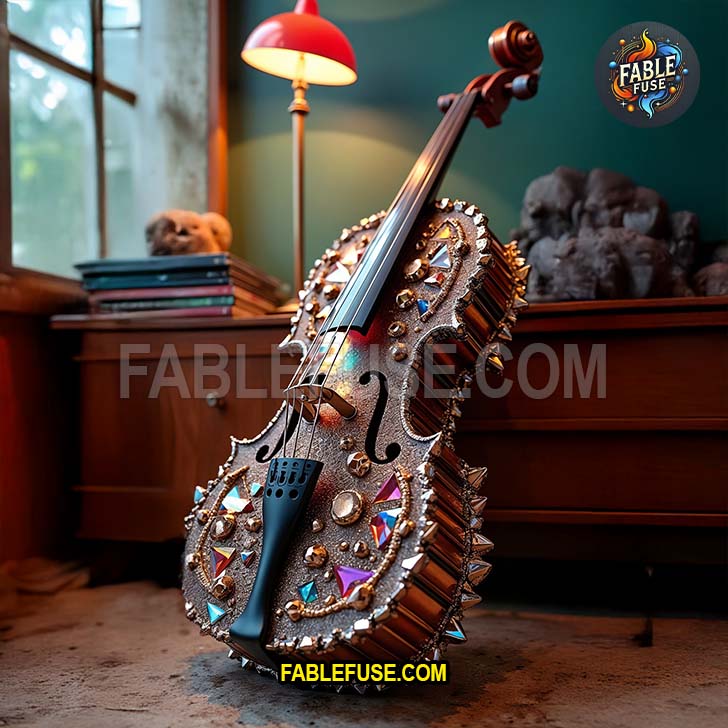
Summary of Features
- Violins made from natural crystals and gemstones
- Each crystal has unique energy and sound
- Materials include amethyst, quartz, citrine, obsidian, and more
- Handmade using specialized tools and techniques
- Used in healing, music, and meditation
- Must be stored and handled with care
- Priced from $5,000 and up
Ready to Hear the Earth Sing?
Crystal violins offer more than just music. They offer a feeling. A presence. A connection to the Earth and to something deeper inside us. Whether you believe in crystal energy or just love beautiful instruments, these violins are a powerful way to bring sound and soul together. Let the strings guide you. Let the stone carry the song.
